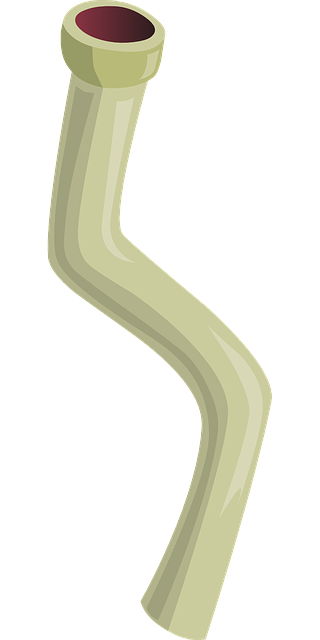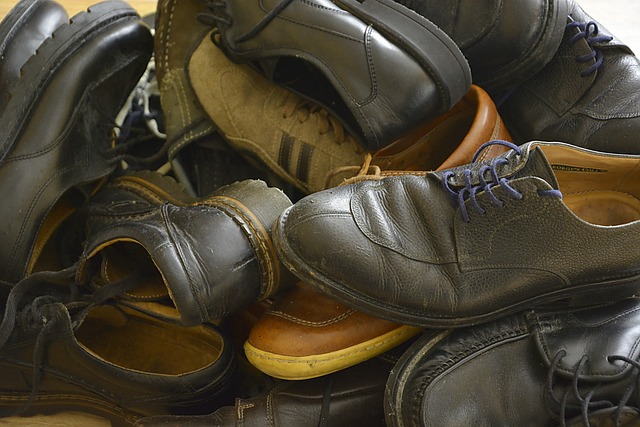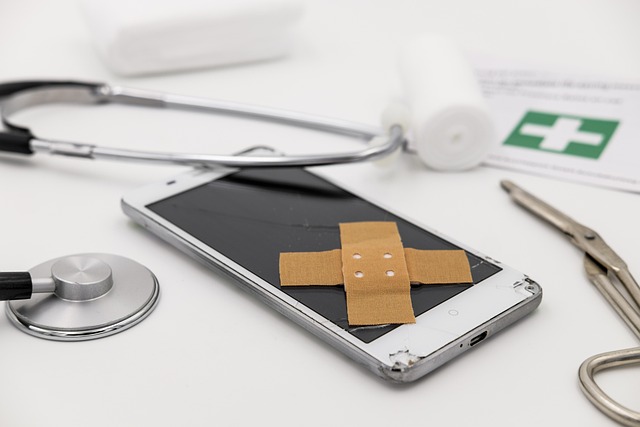Pipe repairs are vital for maintaining plumbing systems, focusing on leak prevention and quick identification. Common issues include worn joints, corrosion, mineral buildup, high pressure, and weather damage. Homeowners should perform regular maintenance checks for signs of problems. Understanding pipe materials is key to choosing effective repair methods, with pipe replacement, patching/relining, and modern technology offering various solutions. While minor issues can be DIY'd, complex plumbing problems require professional help. The environmental impact of pipe repairs is addressed through sustainable practices like using recycled materials and non-invasive techniques to minimize waste and preserve natural habitats.
Plumbing pipe solutions are an essential aspect of maintaining any property. This comprehensive guide delves into the world of pipe repairs, addressing common issues and their causes. We explore various repair techniques, highlighting the integration of technology in modern solutions. Learn when to seek professional help and discover cost-effective DIY tips for homeowners. Additionally, we discuss the environmental impact of pipe repairs and sustainable practices, emphasizing responsible plumbing choices. Understanding these aspects equips you with knowledge to address and prevent future pipe repair needs effectively.
Understanding Common Pipe Repairs and Their Causes

Pipe repairs are an essential aspect of maintaining any plumbing system, and understanding common issues can help homeowners and professionals prevent more serious problems. Leaks, for instance, are a frequent concern, often caused by worn-out joints or corroded pipes. These issues can be traced back to various factors—from poor installation to aging infrastructure. Over time, pipes can degrade due to mineral buildup, high water pressure, or even extreme weather conditions, leading to leaks and requiring prompt pipe repair solutions.
Identifying the source of a leak is crucial for effective repairs. Homeowners should look out for signs like water stains on walls or ceilings, dampness in basements, or unusually high water bills. Regular maintenance checks can help catch these issues early. Additionally, understanding the materials used in pipes—like copper, PVC, or steel—and their respective vulnerabilities can aid in choosing the right repair methods, ensuring long-lasting solutions for various pipe repair needs.
Types of Pipe Repair Techniques: A Comprehensive Overview

Plumbing pipe repair is a vast field, offering a range of techniques to address various issues. One common method is pipe replacement, where damaged or old pipes are removed and new ones installed, ensuring optimal water flow and minimizing disruptions. This approach is often employed for larger-scale repairs or when updating plumbing systems.
Another technique, known as patching or relining, involves repairing pipes without replacing them entirely. It includes methods like pipe patching kits for small holes or cracks, and relining which uses a new inner lining to strengthen and restore the pipe’s integrity. These techniques are cost-effective and ideal for maintaining plumbing efficiency, especially in older buildings where complete replacement might not be feasible.
The Role of Technology in Modern Pipe Repair Solutions

In today’s digital era, technology has revolutionized the way we approach pipe repair, making processes more efficient and effective. From advanced diagnostic tools to innovative materials, modern plumbing solutions offer a wide array of advantages. For instance, high-tech sensors can detect leaks or structural issues with precision, allowing for quick intervention before minor problems turn into major disasters. These sensors provide real-time data on water pressure, flow rates, and potential vulnerabilities in pipe networks.
Moreover, new materials like corrosion-resistant steel and advanced polymer composites are transforming the landscape of pipe repair. These materials are durable, long-lasting, and easy to install, reducing the need for frequent maintenance. Technology also facilitates remote monitoring and control, enabling plumbers to diagnose and fix issues without physically being on-site. This not only saves time but also minimizes disruptions for homeowners and businesses.
When to Call a Professional Plumber for Pipe Repairs

If you’re facing plumbing issues that involve your pipes, it’s essential to know when to seek professional help for pipe repairs. While some minor leaks or clogs can often be addressed by homeowners with basic tools and DIY skills, more complex problems require the expertise of a licensed plumber. Look out for signs such as persistent water leaks, significant pressure drops in your plumbing system, or unusual noises coming from pipes, as these could indicate larger issues beneath the surface that demand professional attention.
When in doubt, it’s better to call a pro for pipe repairs to avoid further damage and costly repairs down the line. Plumbers have the specialized tools and knowledge needed to diagnose problems accurately and offer effective solutions. They can also provide valuable insights into maintaining your plumbing system long-term, ensuring that any potential issues are addressed before they escalate.
Cost-Effective DIY Pipe Repair Tips for Homeowners

Pipe repairs can often be a costly endeavor, but for homeowners with some DIY skills, there are cost-effective solutions to consider before calling a professional. One of the simplest and most common issues is a leaky faucet or pipe. This can usually be fixed by replacing the washer or O-ring, which is a quick and affordable fix. Homeowners can also tackle clogs by using natural remedies like baking soda and vinegar, which are gentle on pipes yet effective in clearing obstructions.
Another tip involves checking for damaged pipes, especially in older homes. Corrosion and rust can lead to leaks and burst pipes, so regular inspection is key. Replacing old pipes with new, high-quality materials might seem expensive initially, but it prevents future issues and saves on costly emergency repairs. Additionally, homeowners should keep a basic toolkit ready, including pipe wrenches and thread tape, to handle minor pipe repair jobs efficiently and reduce the need for professional intervention.
Environmental Impact of Pipe Repair and Sustainable Practices

The environmental impact of pipe repair is an increasingly important consideration in the plumbing industry, as sustainable practices gain prominence. Traditional pipe replacement methods often involve significant waste generation and resource consumption. However, with growing awareness about sustainability, there’s a shift towards eco-friendly solutions for pipe repairs. By adopting these practices, we can reduce the carbon footprint associated with infrastructure maintenance.
One key aspect is using environmentally friendly materials for repairs, opting for recycled or biodegradable alternatives whenever possible. Additionally, minimizing disruption to surrounding ecosystems during repair processes is vital. Modern techniques focus on non-invasive methods, reducing excavation and preserving natural habitats. These sustainable practices not only benefit the environment but also contribute to long-term cost savings and community resilience, making them a desirable choice for both professionals and environmentally conscious consumers alike.
